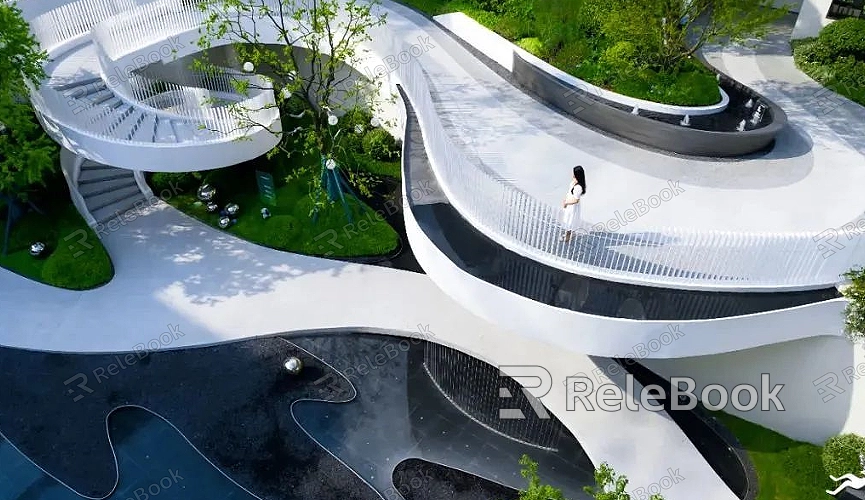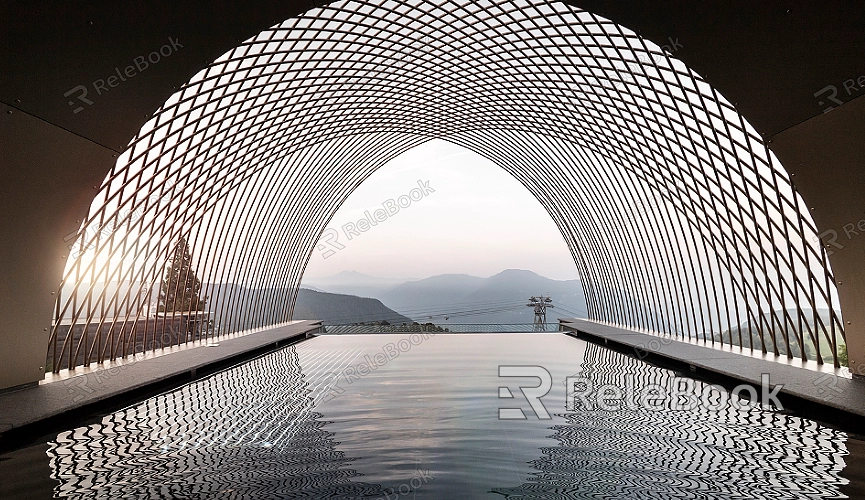How to Move Textures on SketchUp 3D
In the world of 3D modeling, accurately positioning textures is crucial to achieving the desired visual effects. SketchUp, a widely used 3D design software, offers several tools and techniques for moving and adjusting 3D textures within your models. This article will guide you through the process of effectively moving textures in SketchUp and share some tips to boost your efficiency and enhance the quality of your work.

1. Moving Textures Using the Material Editor
Accessing the Material Editor: In SketchUp, start by selecting the face where you want to adjust the texture, then open the “Materials” panel. Here, you can view all the materials and textures applied to that face.
Adjusting Position and Scale: Within the Material Editor, you can move the texture by modifying the “Texture Position” option. Use the “U” and “V” axis offset parameters to fine-tune the texture’s location. Additionally, adjusting the scale parameters allows you to resize the texture to better fit your model.
2. Fine-Tuning Textures with the Texture Position Tool
Activating the Texture Position Tool: Select a face on your model, right-click, and choose the “Texture” > “Position” option. This activates the Texture Position tool, allowing you to drag and adjust the texture directly within the view.
Freeform vs. Constrained Adjustments: You can freely move the texture by dragging the control points. If you need more precise movement, use the “Fixed” option from the right-click menu, which locks the texture’s scale or rotation, giving you better control over the direction of the movement.
3. Adjusting Textures on Complex Surfaces with Projected Textures
Applying Projected Textures: For complex or curved surfaces, moving textures might cause distortion. In such cases, using the “Projected Texture” feature is the best approach. First, select the plane where you want to project the texture and apply the appropriate material.
Moving and Adjusting Projected Textures: In projection mode, use the tools and methods mentioned earlier to adjust the texture’s position and scale. The projection will automatically conform to the surface, ensuring the texture appears natural and seamless.
4. Fine Control of Texture Position with UV Mapping
Understanding UV Mapping: UV mapping is the core system for controlling 3D texture placement. While SketchUp’s UV adjustment isn’t as advanced as some specialized 3D software, you can still perform basic UV tweaks through the Material Editor and plugins.
Manual UV Adjustments: For more detailed texture control, you can manually adjust UV coordinates using third-party plugins like ThruPaint. This method is particularly useful for precisely moving textures on irregular surfaces.

5. Streamlining the Texture Movement Process with Plugins
Installing and Using Plugins: SketchUp has numerous plugins that can help you move and adjust textures more efficiently. For example, the ThruPaint plugin allows for more intuitive control of UV mapping and provides various tools for tweaking and aligning textures.
Combining Plugins with Built-In Tools: Plugins can be combined with SketchUp’s built-in tools to offer more powerful texture movement and editing capabilities. For instance, you can first use built-in tools to roughly position the texture, then use plugins for fine-tuning.
6. Enhancing Texture Accuracy with Reference Images
Importing Reference Images: Before moving textures, importing reference images that match your model can help you align textures more accurately. By matching the texture to the reference image, you can ensure the final effect meets your design intentions.
Comparing and Adjusting: During the adjustment process, frequently compare the texture to the reference image and make corrections as needed. This method can significantly reduce rework caused by alignment errors.
7. Previewing and Rendering Texture Effects
Real-Time Preview: After moving a texture, use SketchUp’s real-time preview feature to check how the texture appears. This helps you make on-the-fly adjustments, ensuring the final result matches your expectations.
Rendering Output Check: Once the texture movement is complete, perform a quick rendering output check. This helps you identify how the texture behaves under different lighting conditions and angles, ensuring there are no overlooked errors.
By following the steps outlined in this article, you've learned how to effectively move textures in SketchUp using a variety of tools and techniques. Whether you're leveraging built-in tools, utilizing plugins, or working with reference images, these methods will enable you to adjust textures with precision, enhancing the professionalism of your work. If you're looking for more high-quality 3D textures, SketchUp models, or 3ds Max models to create stunning visual scenes, visit Relebook, where you'll find a wealth of resources to elevate your projects to the next level.

